Two CHOP Patients with an Inherited Blindness Successfully Treated with Gene Editing
May 6, 2024
The findings from the clinical trial were published in the New England Journal of Medicine.
Our team of ophthalmologists, surgeons, optometrists, orthoptists, nurse practitioners and certified ophthalmic technicians is dedicated to providing the best possible care for your child's eye or vision condition.
May 6, 2024
The findings from the clinical trial were published in the New England Journal of Medicine.
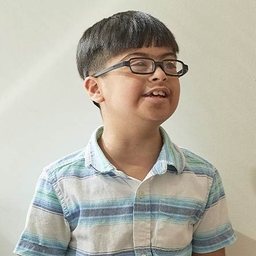
Mar 6, 2023
Once an individual collects visual input from their environment, they must organize, interpret, evaluate this information to make decisions about how to interact with their environment.
Jul 15, 2021
CHOP researchers will use optical coherence tomography (OCT) to measure vision changes associated with NF1-related optic pathway gliomas.
Jul 1, 2021
Today, Children’s Hospital of Philadelphia (CHOP) appointed Gil Binenbaum, MD MSCE as Chief of the Division of Ophthalmology.
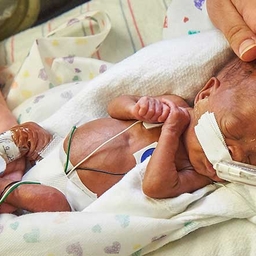
Jan 28, 2020
Learning to perform retinal examinations on extremely low birth weight babies is essential to pediatric ophthalmology.
Jan 28, 2020
A multicenter group of 41 hospitals led by researchers at Children’s Hospital of Philadelphia has confirmed that an improved method for predicting retinopathy of prematurity (ROP) was able to reduce the number of babies having invasive diagnostic examinations by nearly a third, while raising disease detection up to 100%.
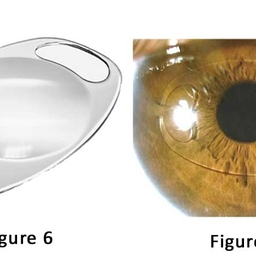
Jan 28, 2020
In our busy CHOP Ophthalmology practice, we see many aphakic (an eye without the natural crystalline lens) children.
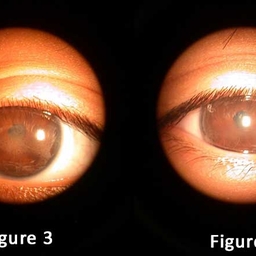
Jan 28, 2020
A 4-year-old boy presented to the emergency room reporting 2 weeks of right knee pain, swelling, and limping.
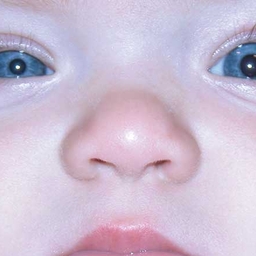
Jan 28, 2020
A 10-month-old female infant was referred to the Neuro-ophthalmology clinic at Children’s Hospital of Philadelphia for a new-onset lid ptosis and pupillary miosis on the right side.
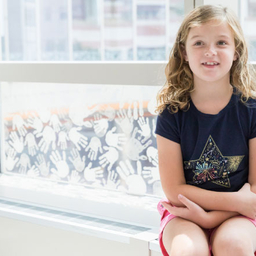
Jul 1, 2019
Find out how a bold idea led to an astonishing cure for a certain childhood blindness, and learn about the future of gene therapy to treat children, like Hannah.